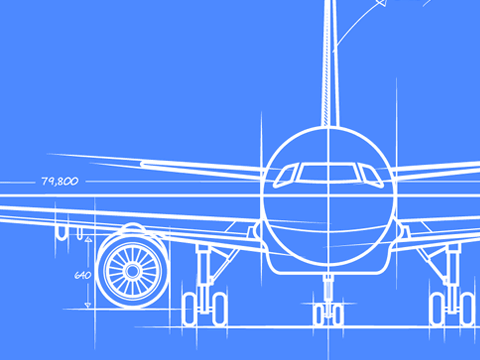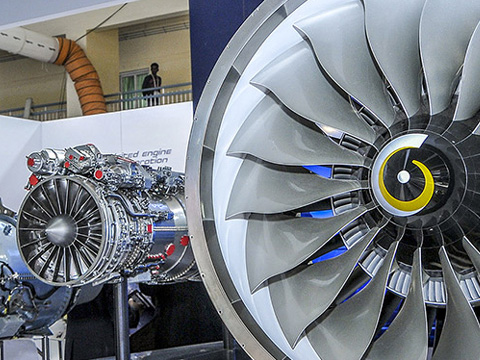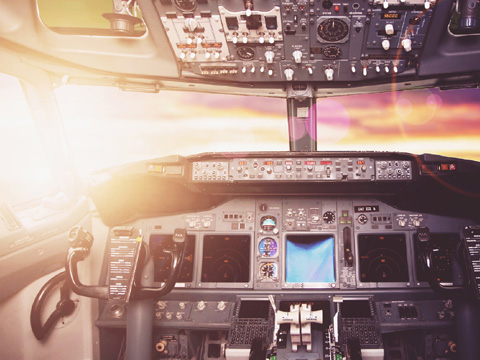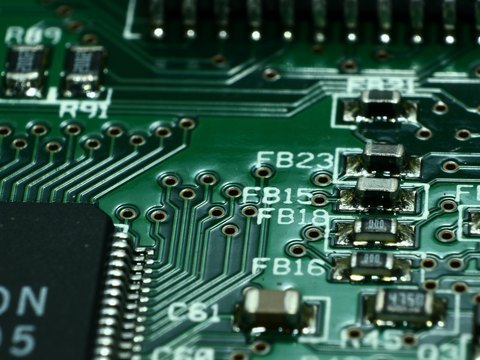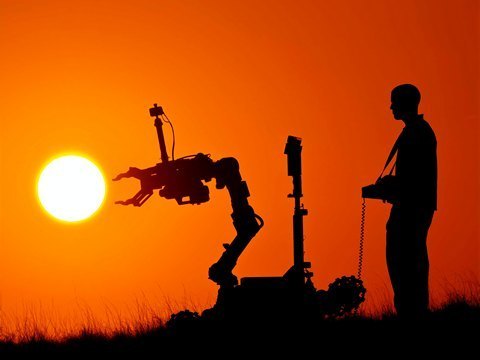About the University
A need for new type of fundamental engineers to work in the new sectors of aviation science and technology arose in Russia in the early 20th century. An outstanding Russian scientist the founder of aerodynamics Professor Nikolai Zhukovsky initiated the foundation of scientific and educational centres to conduct the necessary research and training of scientists and engineers for the industry’s development. Under the patronage of his follower, an outstanding scientist and teacher Boris Yuriev, Aeromechanical Department was founded at the mechanical faculty of MVTU (Moscow Higher Technical School). It was converted into Aeromechanical Faculty in 1929. On the 20th of March 1930, it was decided to split MVTU into five specialised engineering schools, Higher Aeromechanical School (VAMU) being one of them. In the spring of 1930, the first cohort of students was enrolled in the school. The number of students at this period was about 450. The classes were held in two and even three shifts.
In August 1930 the School was renamed the Moscow Aviation Institute (MAI).
ALUMNI
MAI monitors the achievements of its alumni on the regular basis. MAI graduates are among the top-managers of the largest companies. More than 80% of MAI graduates work in their degree field and constitute the backbone of the leading enterprises of the aerospace industry. MAI alumni launch high-tech startups and take leading positions in executive bodies.
180 000+
Total
150+
Honored Test Pilots, Heroes of USSR and Russian Federation
250+
General and Chief Designers, Top Managers of leading industry companies
23
Pilot-cosmonauts
Bachelor's Programs in English
History and Herritage

A need for new type of fundamental engineers to work in the new sectors of aviation science and technology arose in Russia in the early 20th century. An outstanding Russian scientist the founder of aerodynamics Professor Nikolai Zhukovsky initiated the foundation of scientific and educational centres to conduct the necessary research and training of scientists and engineers for the industry’s development. Under the patronage of his follower, an outstanding scientist and teacher Boris Yuriev, Aeromechanical Department was founded at the mechanical faculty of MVTU (Moscow Higher Technical School). It was converted into Aeromechanical Faculty in 1929.

On the 20th of March 1930, it was decided to split MVTU into five specialised engineering schools, Higher Aeromechanical School (VAMU) being one of them. In the spring of 1930, the first cohort of students was enrolled in the school. The number of students at this period was about 450. The classes were held in two and even three shifts.
1930s

In the autumn of 1930, the institute was given the building of a former gymnasium on the 5th Tverskaya-Yamskaya street. In September 1930, the institute had 850 students. Employees of TSAGI (Central Aero-hydrodynamics Institute) and MVTU formed the basis of the teaching staff of the institute. Further formation of modern material and technical base of the institute contributed to the rapid progress of all institute’s activities in the latter half of the 30’s.
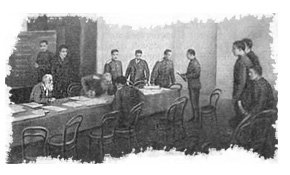
The structure of the institute was continuously improving to meet the aviation industry’s new requirements. Widespread deployment of the aviation industry those years created demand for specialists in planning and manufacturing process management.
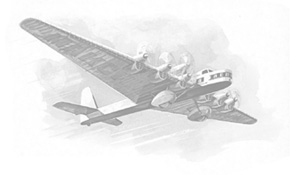
By 1940, MAI evolved as a leading scientific and educational centre specialised in training of broad specialists in aviation science and industry. MAI consisted of 5 faculties, 38 departments, 22 laboratories, 24 classrooms, training workshops and a flight training unit at that time. Apart from the education of specialists and scientists, MAI carried out researches and a number of design developments at the same time that left a noticeable trace in the history of world aviation.
1940s

During the World War II(1939-1945) a large group of MAI teachers and staff volunteered to go to the battlefield, many employees of the institute were seconded to the aviation industry enterprises. During wartime, educational and scientific activities were transferred to Alma-Ata.
Postwar period of MAI’s development is associated with revolutionary changes in aviation technology. In accordance with the new requirements, a number of new departments and faculties was established in the institute. In 1946 the Faculty of Radio Engineering was launched. A number of departments for various types of missile design and construction was established in the early 50’s. This stage resulted in the transformation of the institute which was previously focused mainly on aircraft and helicopters into Aviation Polytechnic Institute, providing training for a wide range of scientific and engineering organizations in aviation and aerospace industry.
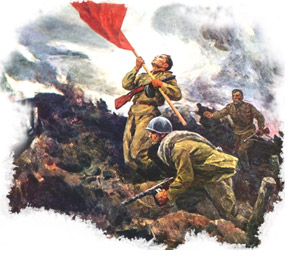
1950s
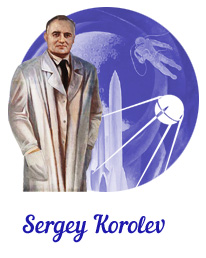
In 1959, the Department of Aircraft Design and Construction was established (since 1993 it is called Space Systems and Missile Engineering) based on the training of specialists in the field of missile and space technology. From the establishment and until 1990, the Department was headed by the first Deputy Chief Designer of S. Korolev, the academician V. Mishin (MAI graduate of 1941). The Department initiated a broad training of specialists for the space industry and served as a base for further organization of the Aerospace Department in 1968.
On the 25th of April 1962 the first cosmonaut Yuri Gagarin visited MAI. He held meeting with professors and teachers of the institute and visited the laboratories of the Aircraft Faculty. The same year MAI graduate V. Ponomareva entered the cosmonaut corps; she completed the full course of training and stayed with the corps until 1969, being Tereshkova’s back-up.
1960s
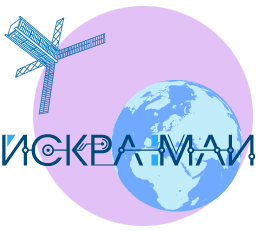
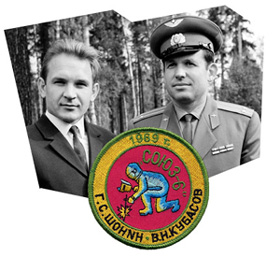
Website: https://en.mai.ru/

